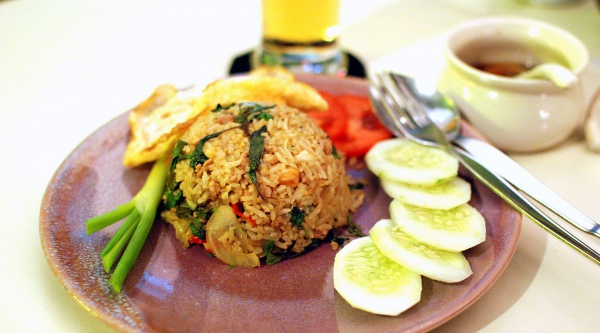Facts About Thai fried rice
Fried rice is a cherished dish that involves stir-frying cooked rice with a variety of ingredients such as eggs, vegetables, seafood, or meat in a wok or frying pan. It's a staple in East Asian, Southeast Asian, and some South Asian cuisines, with roots tracing back to the Sui Dynasty in China. Over time, fried rice has evolved into countless regional variations.
Preparing fried rice is a straightforward yet flavorful process. You begin with cooked rice, then incorporate other ingredients such as vegetables, meat, seafood, and aromatics like onions and garlic. Oils, sauces, and spices are used to enhance its flavor, and it is often garnished with scallions, chili, and sesame seeds for an extra touch.
Originally, the dish was created during the Sui Dynasty as a way to utilize leftover rice. Today, different regions have their unique interpretations of fried rice. In East Asia, you’ll find Yangzhou fried rice in China, chāhan in Japan, and bokkeum-bap in Korea. Southeast Asia offers versions like nasi goreng in Indonesia and Malaysia, and khao phat in Thailand. Even Latin American countries have developed their adaptations, such as arroz chaufa in Peru and arroz mamposteao in Puerto Rico.
In Asia, fried rice is a common street food, with vendors often serving it accompanied by various garnishes and side dishes. Elsewhere in the world, restaurants have adapted fried rice to suit local tastes. Unique versions can be found in Europe, Africa, and the Americas, each featuring distinct ingredients and preparation methods.

 Laos
Laos